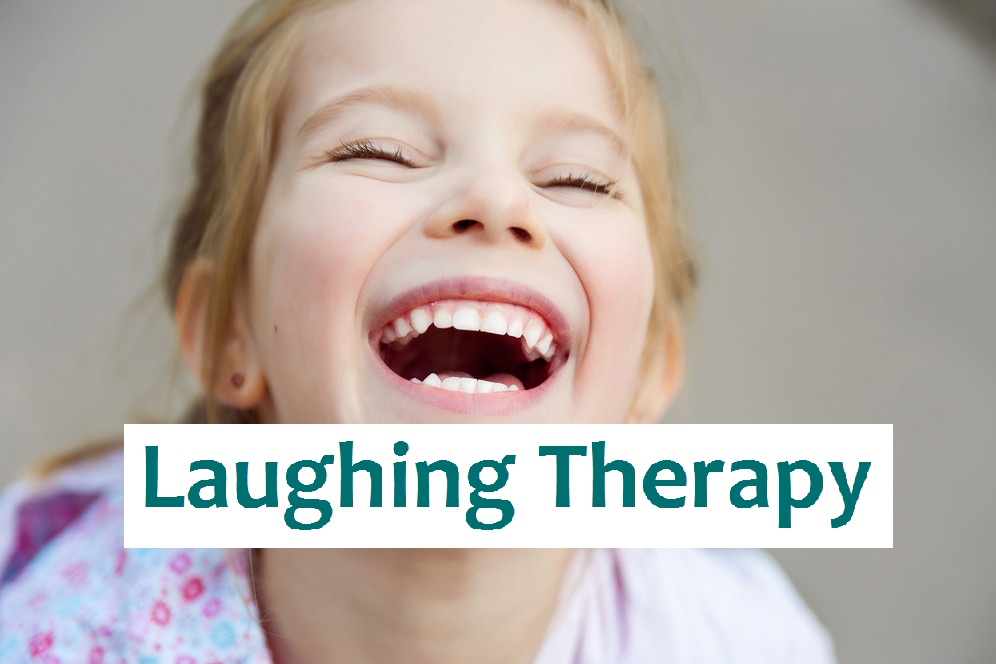Dr. Jakir Hossain Laskar, PhD
Case Study: Clinical management of Autism Spectrum Disorder (ASD) with homeopathy using BrainMindia Protocol
General overview
Autism Spectrum Disorder (ASD) is one of the most challenging neurodevelopmental disorders that have communication deficits, problems establishing social relations and one or more stereotypic repeated actions. This is a case of a 4-year-old male with a diagnosis of ASD who was treated using the BrainMindia Protocol for one year.
Patient(s) details
Age: 4 Years
Gender: Male
Diagnosis: Autism Spectrum Disorder (ASD)
Initial Symptoms:
Environment brings forth a limited use of verbal communication and lack of constructed sentences formation.
Poor eye-contact and lack of apperceptive space.
Repetitive motor movements, fidgeting in a seat also notably fidgeting with toys.
Sensitivity to texture and sound.
Emotionally unstable with temper tantrums.
Methodology
The BrainMindia Protocol uses a blend of constitutional, curative, and trituration homeopathic drugs to treat the core symptoms of autism and ensure optimal cognitive and emotional growth.
Constitutional Medicines
Stramonium 1M: Used to treat extreme emotive dysregulation and fears as well as improve communication abilities.
Sanguinaria Nitricum 200: Aimed to increase receptive, expressive and overall verbal abilities.
Therapeutic Medicines
Artimisia Vulgaris Q: Aimed to treating tremors, social awkwardness and improving attention span.
Trituration
Lithium Bromatum 3X: Used for reduction of hypo/hyper sensitivity and angers.
Treatment Timeline and Progress
A New Start (0-4 Months)
Medications Administered:
Stramonium 1M and Sanguinaria Nitricum 200 dosages were given weekly in alternation
Artimisia Vulgaris Q, every twelve hours.
Lithium Bromatum 3X daily in a dose of twice.
Observations:
The patient began to demonstrate signs of improvement by the fourth month.
Diminished the severity and the number of episodes of outbursts.
There was a little rise in the moments of social engagement and an inclination towards eye contact.
Stereotypic movements began to lessen and the initial indications of a decline in sensory aversions were present.
Intermediate Phase (4-7 Months)
Medications Administered:
The same treatment was continued while minor changes in dosage were done according to the changes observed.
Observations:
Improvements were noted to develop from the seventh month onwards.
There was an increase in verbal output with the patient forming short sentences.
Participants began to interact with the family in the context of elementary games.
The tendency to stick to certain actions was much lesser among children who now could be coaxed into varying their routines.
An improved eating habit and tolerating wearing clothes came with decreased sensitivities to certain textures.
Final Phase (7-12 Months)
Medications Administered:
Dosage started getting lowered over time in order to keep the momentum and prevent any relapses.
Observations:
At the twelfth month of treatment, the patient appeared to have brains with several marked improvements.
There were changes in the child’s ability to interact socially where the eyes were fixed on the interlocutor while the child responded to basic social gestures.
The communication skills further developed with the patient being able to articulate some of his vital needs and emotions.
The frequency of emotional breakdowns was low and the child was able to cope well with the changes in terms of the routines.
There were some changes on the child’s behavioral, participation and learning ability which were observed by the teachers and the therapists.
Conclusion
BrainMindia Protocol was successful in managing the cases of ASD in the 4-year-old male patient and within period of four months some relief was observed followed by significant improvement in the seventh month. Most of the parts of the treatment were finished within 12 months with the patient showing impressive milestones in social, verbal, and emotional aspects. The family members of patients were satisfied with the treatment outcome indicating a remarkable improvement regarding the child’s life.


